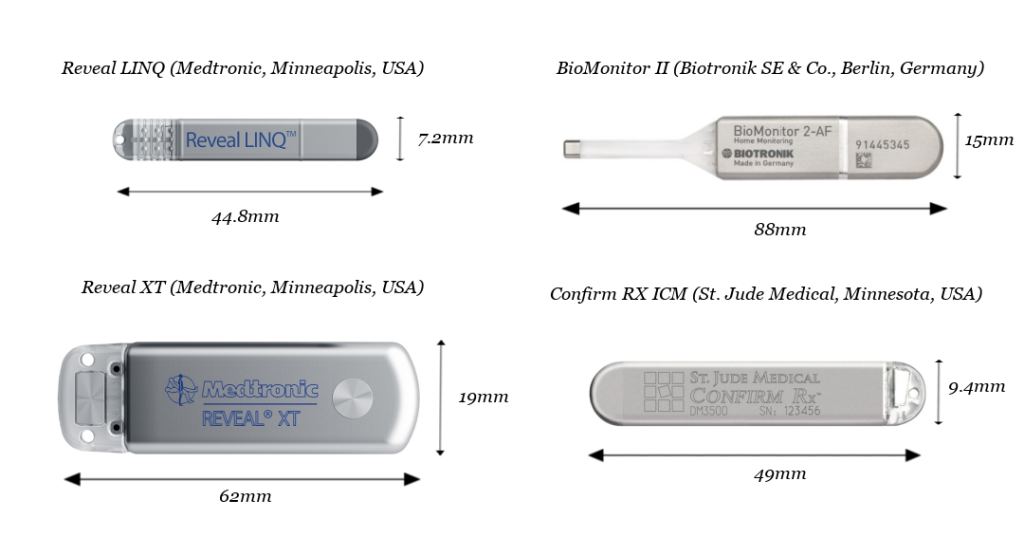
An implantable loop recorder is a type of heart-monitoring device that records your heart rhythm continuously for up to three years. It records the electrical signals of your heart and allows remote monitoring by way of a small device inserted just beneath the skin of the chest. An implantable loop recorder can help answer questions about your heart that other heart-monitoring devices don’t provide. It allows for long-term heart rhythm monitoring. Implantable loop recorders are one of the newer heart-monitoring devices. The device records the electrical impulses of your heart and transmits them automatically to your doctor by way of the internet and wireless technology.
Procedure
No special preparation is required for loop recorder insertion. You will need to undergo a minor surgical procedure to place the implantable loop recorder. The procedure to insert the heart monitor is usually a day procedure, with a local anaesthetic. Risks of the procedure include infection, pain or a reaction to the device that causes redness at the incision site. The device stays in place for up to three to five years.
After procedure
An implantable loop recorder has minimal visibility once in place and doesn’t interfere with your daily activities. It has no patches or wires, and you don’t have to worry about getting the device wet while bathing or swimming. These devices are supposed to be safe for use during a medical imaging procedure called magnetic resonance imaging (MRI), but let your doctor know about your implant before you schedule such test.
It’s also possible an implantable loop recorder might set off metal detectors, for example, at an airport. Your doctor can provide you with a device identification card to carry with you for such situations.